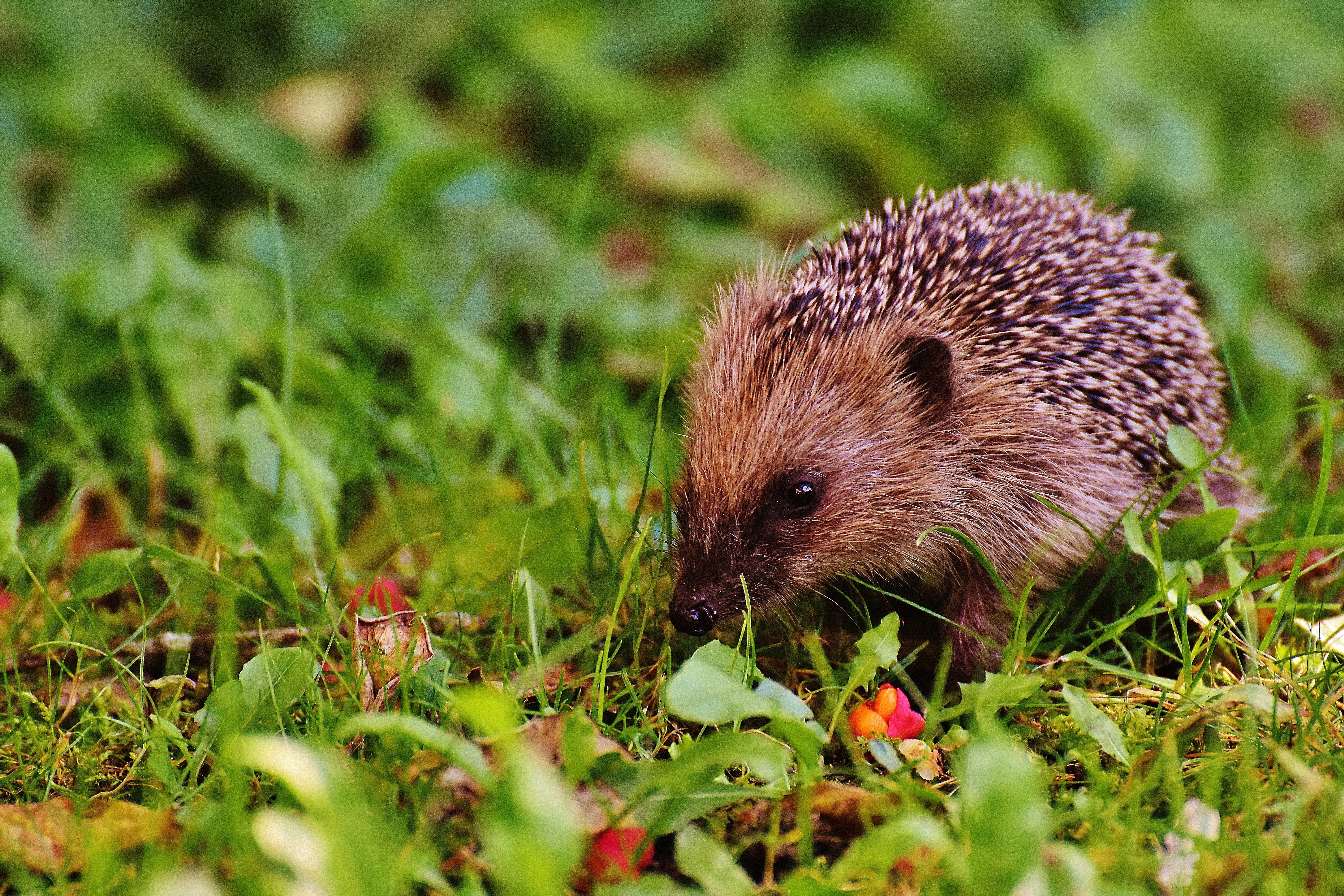Government plans to stop species decline will not do enough to save wildlife threatened with extinction, conservationists have warned.
Environment secretary Caroline Spelman MP has unveiled the latest England Biodiversity Strategy - intended to be a blueprint for the Government to meet its target of halting biodiversity loss by 2020.
However Butterfly Conservation, Buglife, Plantlife and the RSPB have warned that despite the good intentions the strategy will fail unless it is followed up with an ambitious and urgent programme of action for the recovery of threatened species.
Plants, animals and insects are the basic components of the healthy ecosystems that we depend on for human health, food, fibre and medicines, and millions of people enjoy the sound and colour that they bring to towns, cities and the countryside, they are a superb measure of our quality of life.
Mike Clarke, RSPB Chief Executive, said: "Species are the fundamental building blocks of biological diversity and must be a central part of this plan. Without this focus it will not be a plan for nature.
"In the past Government policies have meant action plans have been put in place to save threatened species like cirl buntings and stone-curlews, and they have begun to return to our countryside. But species that are still in decline like lapwings and turtle doves have an uncertain future.
"This document has some very positive objectives on improving important habitats and protected sites but we need a more determined focus on the health of individual priority species. These are the currency of biodiversity, a vital part of our natural capital. "
Matt Shardlow, CEO Buglife, commented: "Caroline Spelman played a leading role in agreeing a good global target on improving the status of threatened species. We are disappointed that this has not been strongly addressed in the strategy for England.
"There are almost 1,000 species formally listed as needing conservation action in England from the fen orchid, white-clawed crayfish, and marsh fritillary butterfly to the cuckoo. Our ambition should be to improve the status of all of these fantastic parts of our wildlife heritage by 2020."
Victoria Chester, Plantlife CEO, added: "We welcome the commitment to support data sharing and recording in the voluntary sector. To track our progress towards 2020 we need a stock take of the conservation status of all the most threatened species and habitats in England.
"This should quickly pull together all the latest information on our priority species and most sensitive wildlife sites as well as wider vital habitats like woodlands, heathlands and meadows. If we don't have a clear idea of the status of biodiversity now, then how can we judge whether it is improving?"
Dr Martin Warren, Butterfly Conservation CEO, said: "We should learn from what has worked in the past. It is good to see reference to targeted species recovery work, which has been essential to bring species like bitterns and the Large Blue butterfly back from the brink of extinction, but without committing the necessary resources we will not restore a rich, vibrant and healthy countryside."
The four charities have made a joint call on the Government to ensure the England Biodiversity Strategyis a springboard for taking co-ordinated, targeted action for wildlife. They have raised concern that, even though it includes some laudable aspirations, the strategy is missing key elements.
A delivery plan to turn the strategy into action may still be six months away and chief executives of all four organisations have offered to work with Defra to ensure this plan is effective, ambitious and sets out a clear recovery plan for England's wildlife.


